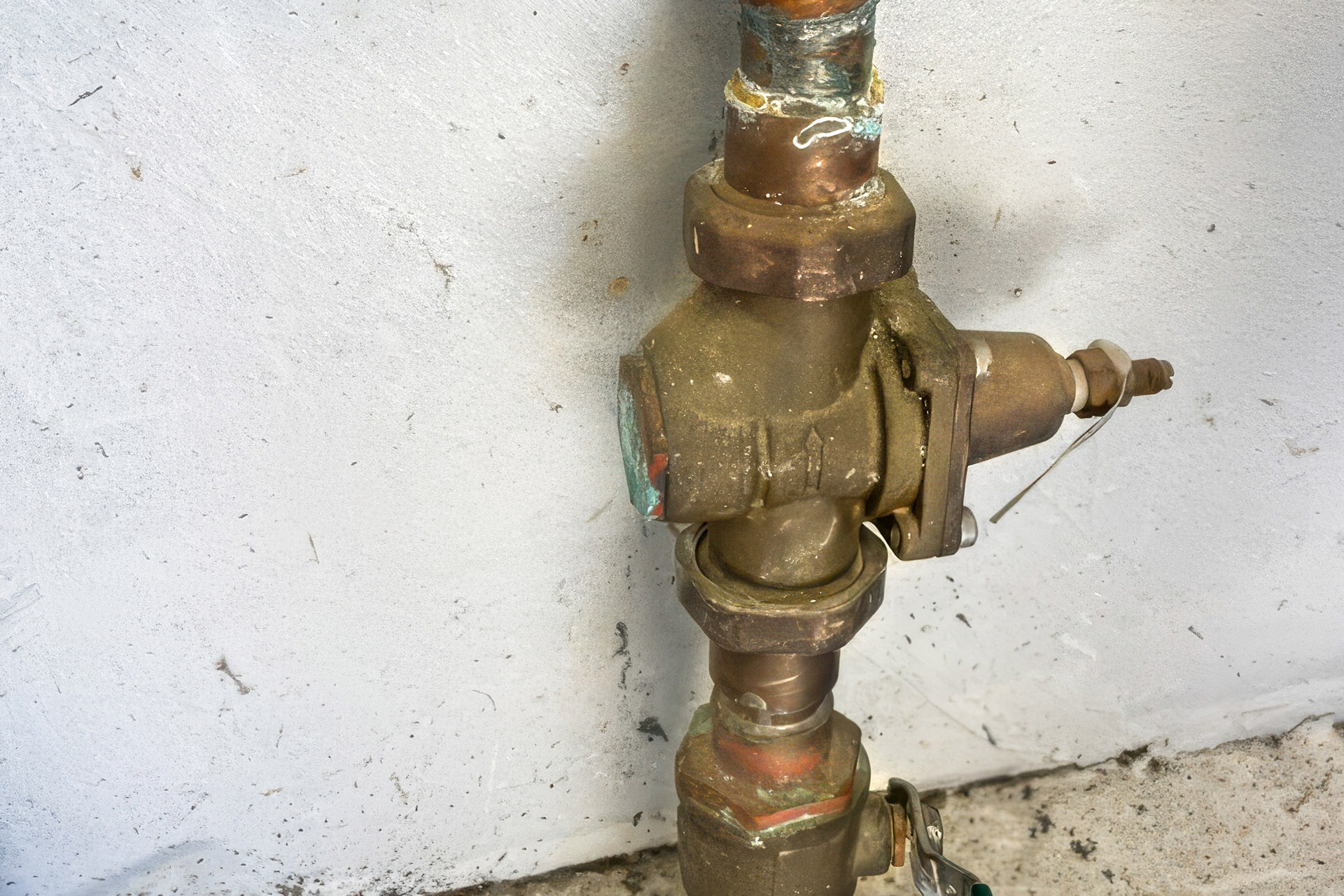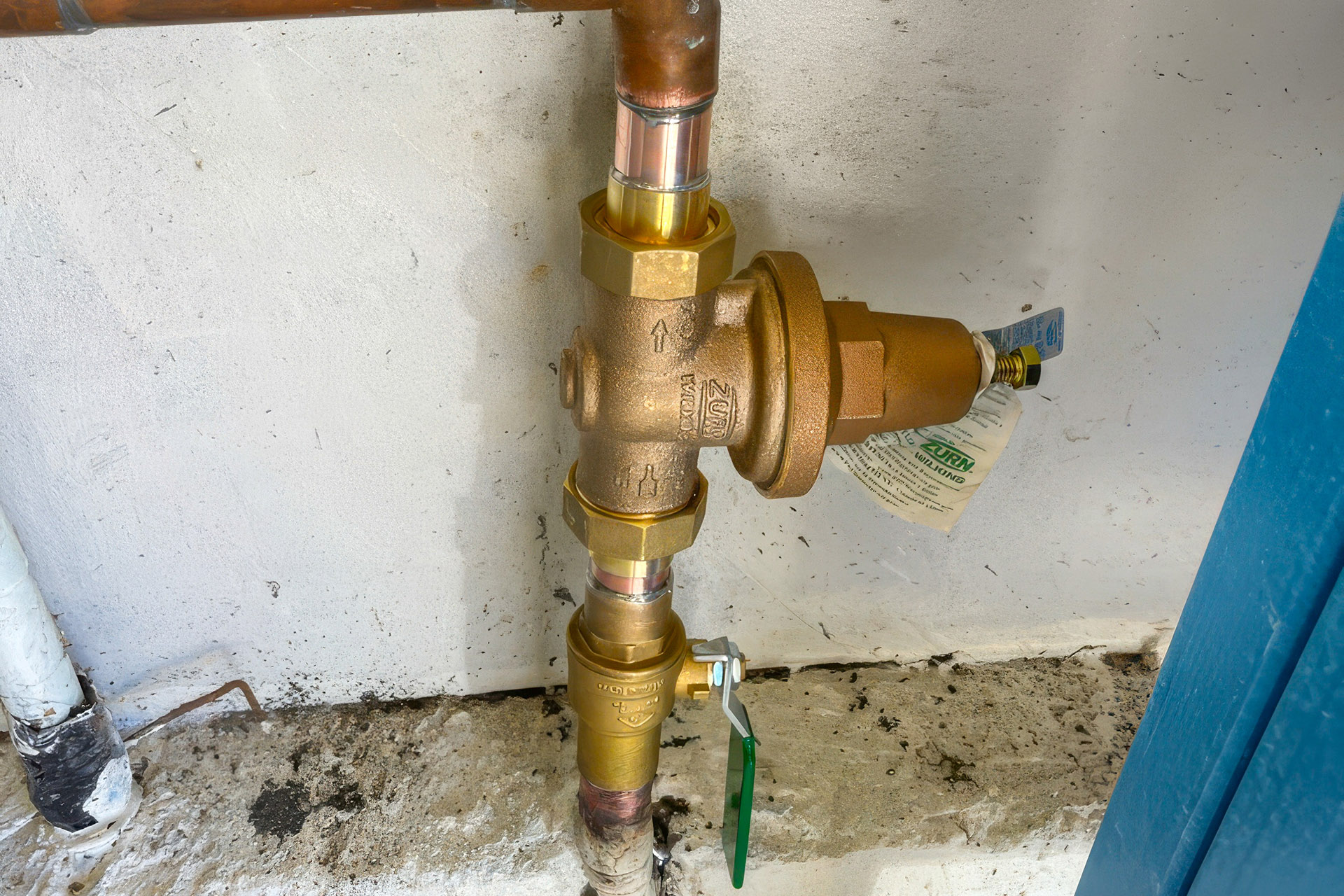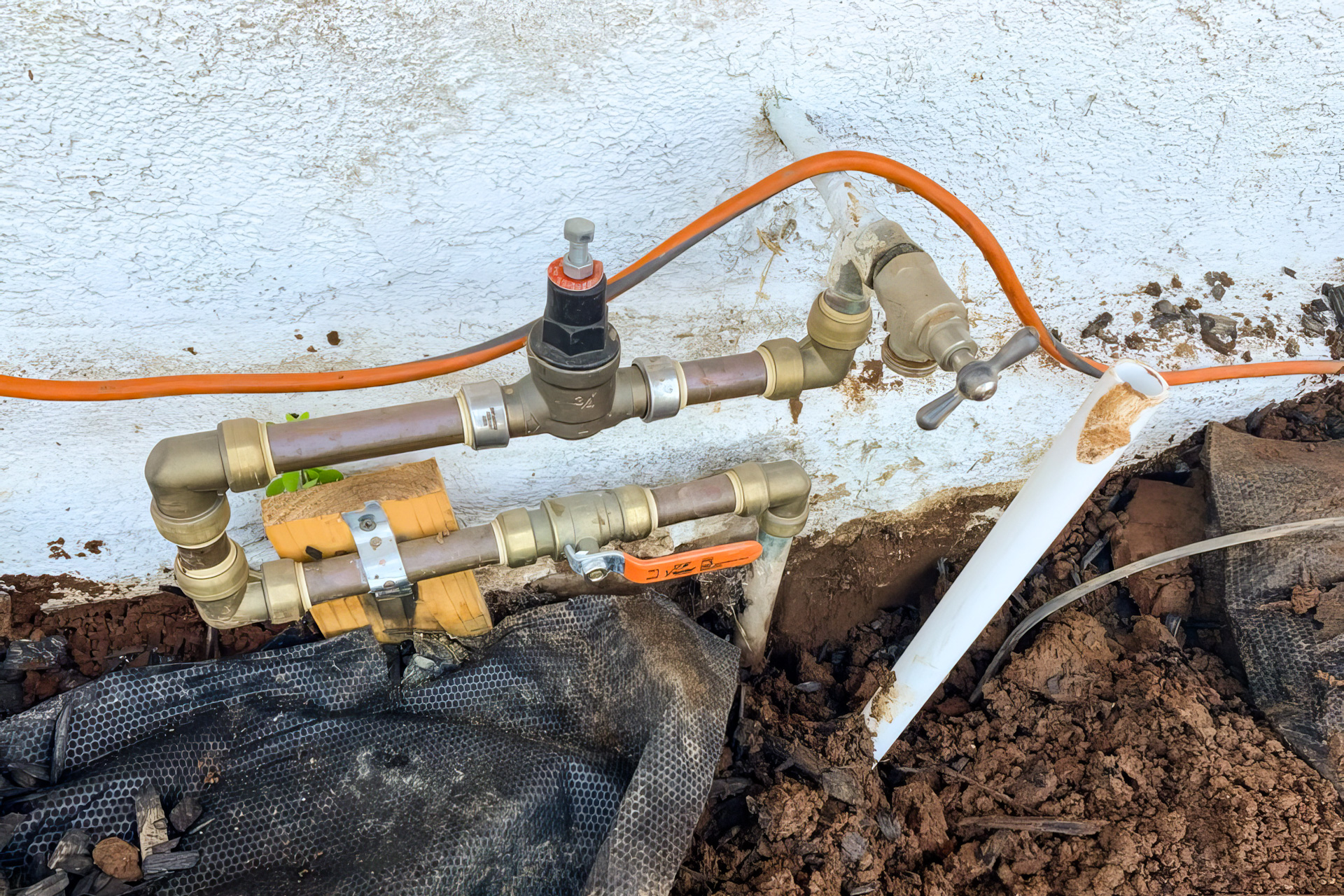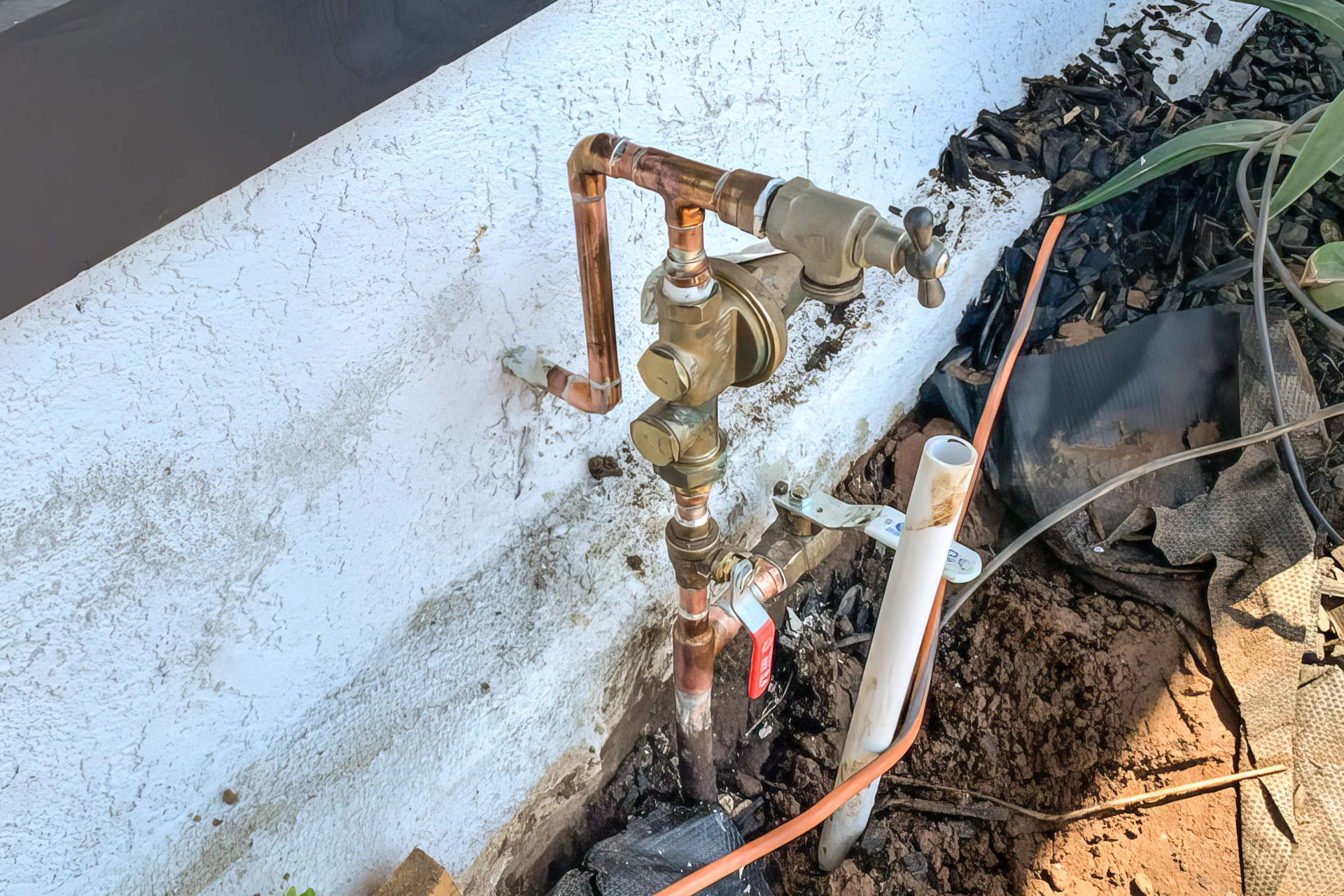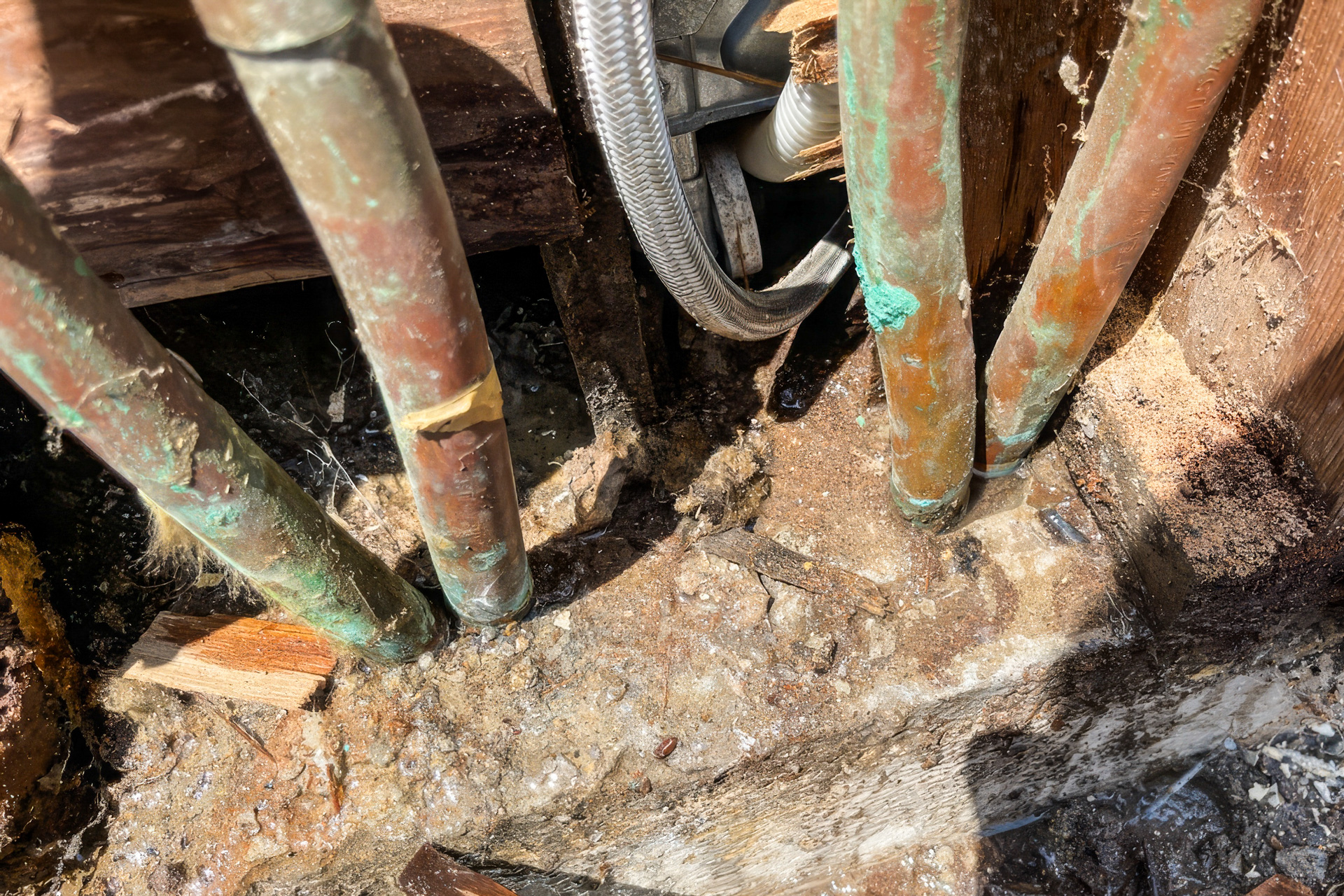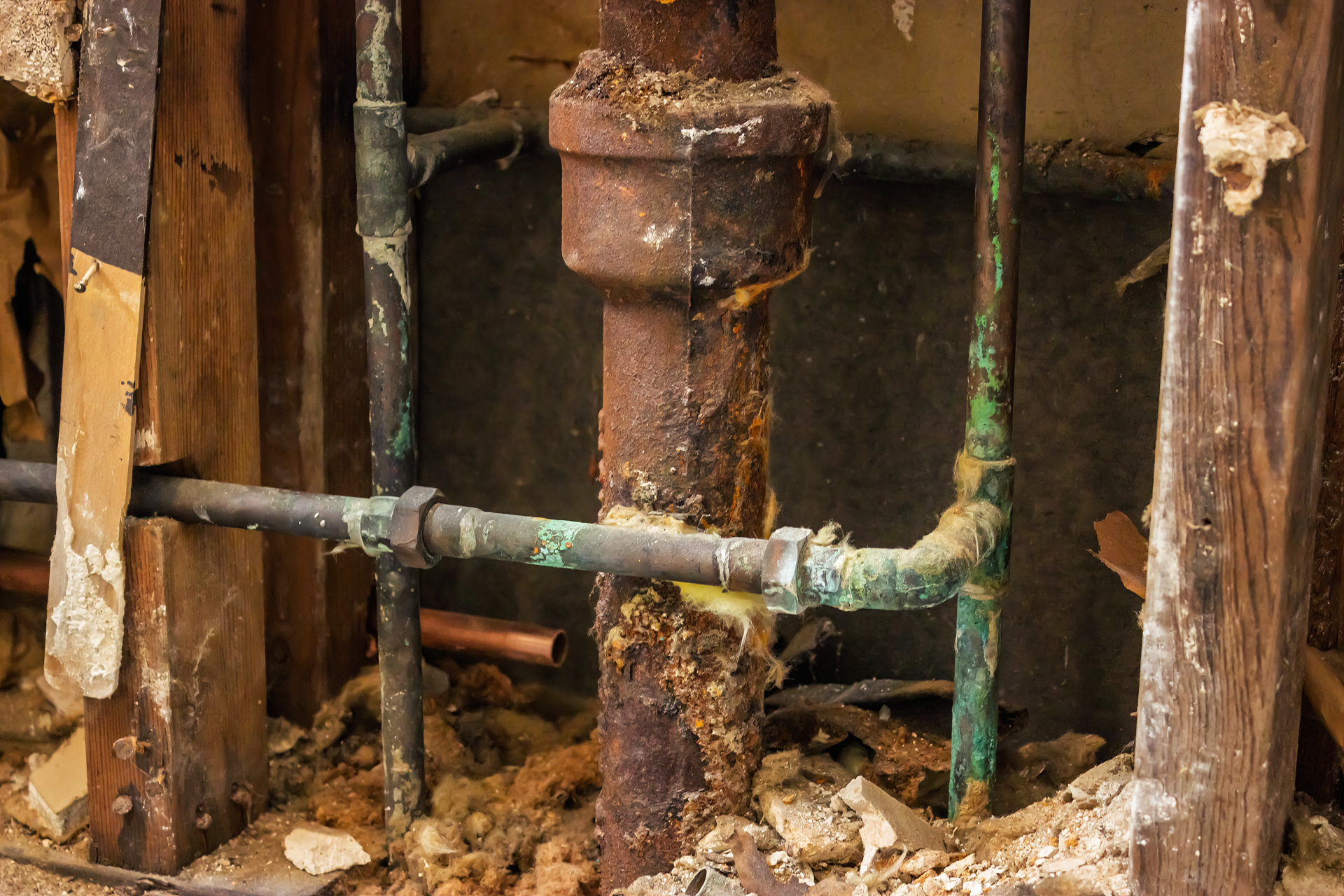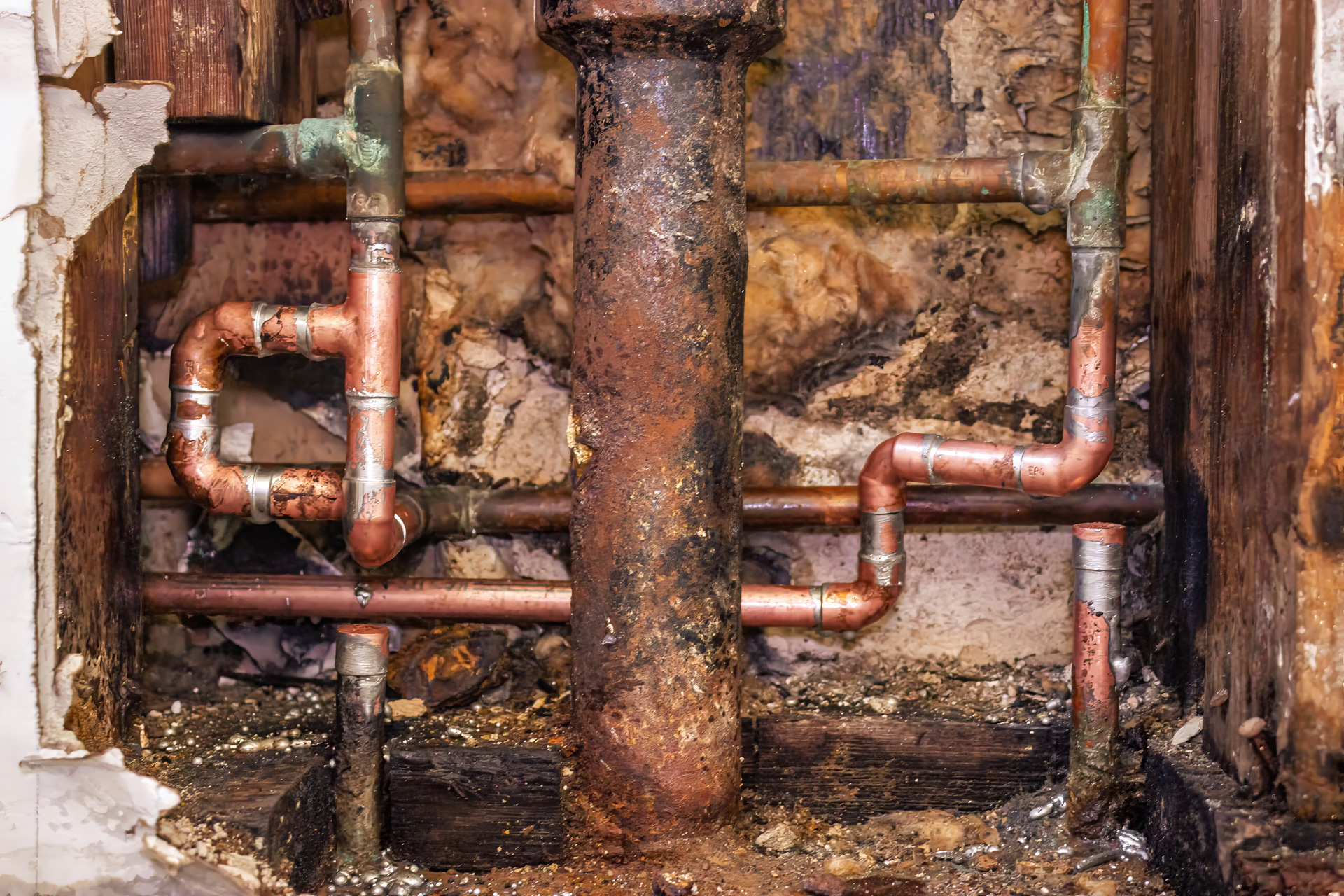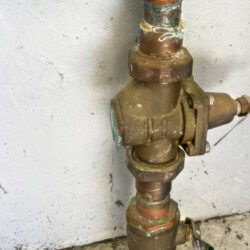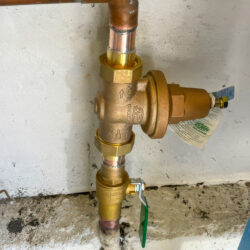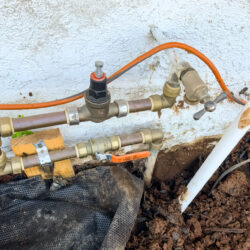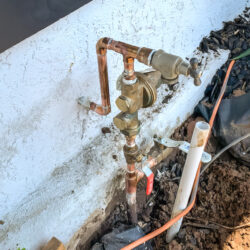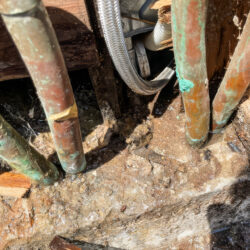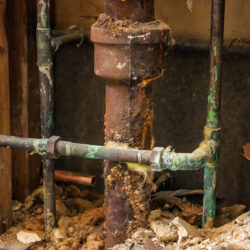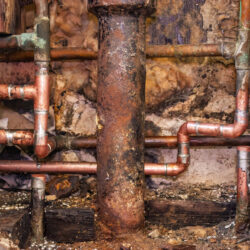How Much Does It Cost to Fix Low Water Pressure?
Low water pressure can be a frustrating problem that makes everyday tasks like showering, washing dishes, and doing laundry inefficient and time-consuming. The cost to fix this problem varies depending on the cause; factors such as mineral deposits, faulty pressure regulators, or problems with the main water line can also affect the price. In this article, we’ll explore the potential causes of low water pressure, the repair options available, and what you can expect to pay to restore a strong and steady flow of water to your home.
Contents
Understanding the Factors That Influence Costs
The journey to solving low water pressure starts with understanding the many factors that can affect the cost of repairs. From the nature of the problem to the complexity of the solution, several variables play a critical role in determining the final cost.
Low water pressure can stem from numerous issues, ranging from simple to complex. Common causes include:
- Mineral Deposits
- Faulty Pressure Regulators
- Corroded Plumbing
- Municipal Water Supply Problems
Each scenario requires a different approach and hence, incurs varying costs.
One of the first steps in diagnosing low water pressure is to determine if the problem is affecting the entire home or just certain fixtures. If only one faucet or showerhead is experiencing reduced pressure, the problem may be due to a clogged aerator or internal buildup. If several areas are affected, the problem may be more systemic, such as a main water line blockage or a faulty pressure regulator.
Another factor to consider is whether the problem is intermittent or consistent. If water pressure fluctuates throughout the day, it may be related to fluctuations in the municipal supply. However, if low pressure is constant, it may be due to a blockage in the plumbing system, aging pipes, or hidden leaks. Identifying these patterns early can help homeowners and professionals take the necessary steps toward an effective solution.
Simple Fixes vs. Complex Repairs
Addressing low water pressure in your home can range from simple DIY fixes to complex repairs that require professional intervention.
Some solutions, like cleaning a clogged faucet aerator or adjusting the pressure regulator, are relatively straightforward and inexpensive.
However, addressing corroded pipes or system-wide low pressure can be more labor-intensive and costly, involving extensive diagnostics and repairs.
Understanding the difference will help you determine the best course of action.
Simple Fixes
Low water pressure is often the result of minor problems that homeowners can fix with basic tools and minimal expertise. Common DIY solutions include:
- Cleaning Faucet Aerators & Showerheads: Mineral deposits and debris can build up in aerators and showerheads, restricting water flow. Removing and dissolving these components can remove the debris and restore normal pressure.
- Ensure Valves Are Fully Open: Partially closed main or fixture-specific shutoff valves can restrict water flow. Verifying that these valves are fully open can immediately improve water pressure.
- Adjust Pressure Regulators: Homes equipped with pressure reducing valves can experience low pressure if the settings are incorrect. Adjusting the regulator can improve water flow; however, it’s advisable to follow the manufacturer’s guidelines or seek professional assistance to avoid over-pressurization.
Complex Repairs
If DIY solutions don’t solve the problem, low water pressure may be due to more serious issues that require professional intervention:
- Corrosion or Mineral Deposition in Tankless Water Heater: Mineral buildup inside a tankless water heater reduces efficiency and restricts water flow. Eventually, it can cause leaks or system failure. Descaling and flushing the tank every year, especially in areas with hard water like San Diego, helps prevent costly damage and maintain optimal performance.
- Hidden Leaks: Undetected leaks in the plumbing system can divert water away from the intended outlets, resulting in reduced pressure. Identifying and repairing these leaks often requires specialized equipment and expertise.
- Municipal Utility Problems: Sometimes the problem originates outside the home, such as problems with the municipal water supply. In these cases, it is necessary to contact the local water utility to resolve the situation.
While homeowners can often handle minor issues themselves, more significant problems should be handled by qualified professionals to ensure the safety and integrity of the home’s plumbing system.
The Role of Professional Diagnostics
Professional companies like Almco Plumbing have the knowledge and tools necessary to identify the cause of your water pressure issues:
- Pressure Testing: By measuring water pressure at various points in the system, it identifies inconsistencies that may indicate underlying problems such as leaks or blockages.
- Step-by-Step Localization of the Problem: First, specialists check the pressure before and after the water heater to determine whether the problem lies in the hot or cold water. Then, they replace the problematic parts or perform repairs, and check if the problem is solved.
Experienced plumbers are able to determine the true cause of low water pressure more quickly and accurately.
